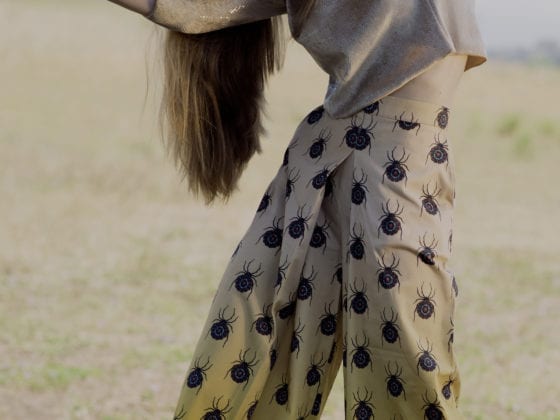“Natasha Ott, a 39-year-old New Orleans resident, felt the beginnings of a cold coming on March 10. On Monday, she tested for coronavirus. Five days later, she was dead in her kitchen before ever getting her results, which were delayed.”
Nola.com tweeted this news on Saturday, March 21 to its audience of more than 251,000 followers. It was their most engaging tweet that day with more than 1,600 retweets, 1,700 likes and 146 comments.
I was in the middle of a grocery run when the tweet flashed across my phone. I took 10 seconds to read the tweet and made a note to read the full article later. However, that 280-character news update had already done enough to trigger my anxiety.
That poor woman died of coronavirus. Is this where we are? Is Louisiana so unequipped for this that a life was lost because of a testing delay? Could this have been avoided? This could easily have been any of my loved ones or even me.
After reading the article, I realized the story was based on speculation. At the time, state health officials hadn’t said if her death was due to coronavirus. Her boyfriend believed it was and took to social media to urge people to take COVID-19 seriously. The three-minute read turned my fear and anxiety into disappointment that an outlet with such influence chose to publish misleading content to an already fearful community.
The three-minute read turned my fear and anxiety into disappointment that a [media] outlet chose to publish misleading content.
Between the time of Louisiana Governor John Bel Edwards’ initial quarantine mandate on March 16 and the release of this story, the number of COVID-19 cases in the state had increased by 324 and the death count grew from three to 15. New Orleans, alone, despite comprising only .01 percent of the U.S. population, accounted for 3.9 percent of all COVID-19 deaths in the country within two weeks of the virus first being reported in the state. This story was only fanning the flames.
Three days later, another Twitter notification from Nola.com lit up my phone. This one read:
“Natasha Ott, a 39-year-old woman who tested for coronavirus but was found dead on her kitchen floor last week before receiving her results, tested negative for the disease, her family said this week.”
This scenario exposes the power of media. The thing about power and influence is that with that comes responsibility. It seems like today’s media outlets will do whatever is necessary to be the first to break the news and to yield high engagement figures no matter the cost.
More than half of individuals who rely on social media for news—primarily Facebook and Twitter—have encountered misinformation or completely false information about the COVID-19 pandemic. The idea that journalists are the gatekeepers of information and reality has become distorted because of social media’s rise. Anyone can have a voice and, more often than not, going viral takes precedence over accuracy.
Going viral takes precedence over accuracy.
I blame the algorithms. The more we engage with content, the more likely the content will be promoted. Thus, rumors and other forms of misinformation that play to our fears and anxieties in the midst of this pandemic have become the tactic for many users and news outlets to get clicks.
It’s no secret that emotionally-charged information has the capacity to hold our short attention spans, but not all attention-grabbing content has to be negative. This is where the algorithm can be advantageous. The most troubling and the most encouraging aspects of social media are the same: Anyone can have a voice.
In essence, we have the power. We can determine what shows up on our feeds through our engagement habits. Here’s how we can take steps to manage misinformation:
We have the power. We can determine what shows up on our feeds.
Never make assumptions.
Read what is stated and not what is implied. The way I handled the Nola.com tweet is an example of what not to do. The tweet never said Ott tested positive for coronavirus. I made the assumption that she succumbed to the disease based on the wording of the original tweet, which ultimately and unnecessarily led to a build-up of anxiety and the spread of misinformation.
Check the facts.
Don’t be so quick to take what you see on social media as truth. While it’s amazing to live in a time where we have access to information 24/7 with the touch of a button, it’s important to remember that it’s just as easily published. Consider the source before spreading what you read. We should do due diligence to fact check.
Consider the source before spreading what you read.
Share more information directly from the experts
There’s been an increase in healthcare providers and industry experts taking to social media to dispel myths regarding the virus and share their experiences from the frontlines. Give your likes and retweets to them.
We’re navigating uncharted waters, both with COVID-19 and social media platforms sharing “news” constantly during a global pandemic. With every voice that spews misinformation or conspiracy, there’s another enabling necessary conversations about this virus or sharing community efforts to help those in difficult positions.
We can control which voices are heard. This is the power of the media at its best.
Have you heard of a time where the media got it wrong? Have you ever repeated things you’ve heard without checking the source? How can we correct this during the current global health situation?
Image via Carissa Gallo, Darling Issue No. 15










